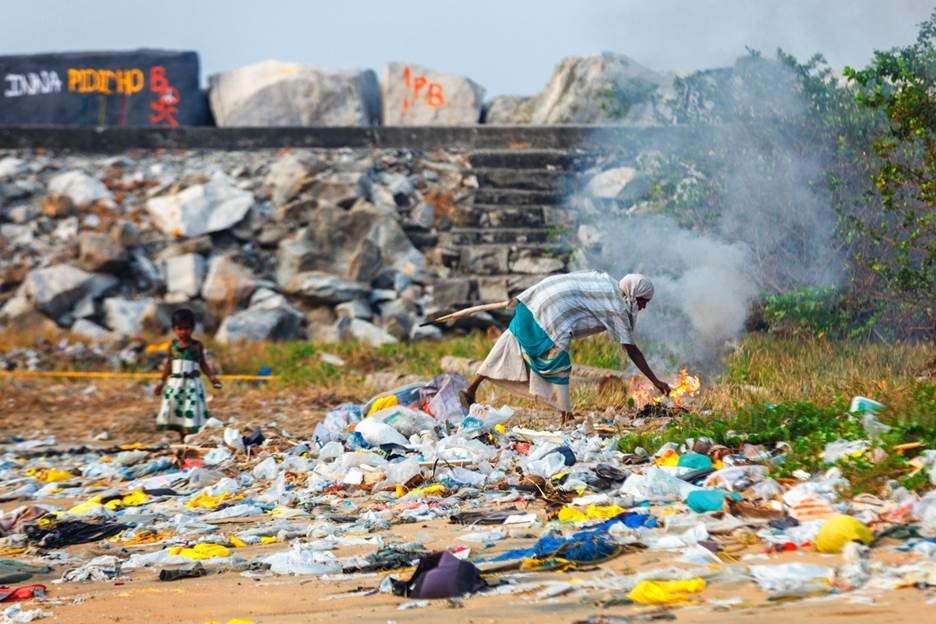
Last week, the world came to attention when the famous Hulene dumpsite in Maputo, Mozambique collapsed under heavy rains, killing at least 16 people.
Buried under piles of waste were homes and people from one of the most impoverished settlements in Mozambique. Many members of this community made a living collecting and selling recyclables from the dumpsite, which had served as the final disposal site for greater Maputo since the 1960s.
Sadly, this tragedy did not stand alone.
In 2017, landslides at waste dumps occurred at a shocking frequency, accounting for over 150 deaths and relocation of several hundreds in Colombo, Sri Lanka; Addis Ababa, Ethiopia; Conakry, Guinea; and Delhi, India.
Sixty-four million people’s lives are affected by the world’s 50 largest active dumpsites, though thousands of other risky sites also exist around the globe. Fifteen million people make a living scavenging waste and are of the population disproportionately affected when poorly or unplanned disposal sites fail to function in the midst of ever-growing refuse and inclement weather. Those most vulnerable to the landslides of dumps are those living on or by these waste disposal sites. They are the ones who often power their cities’ recycling system.
In Addis Ababa, the overflowing landfill site was home to hundreds of people, who were responsible for collecting recyclables from the city of approximately four million people. Those waste pickers fortunate to survive the landslides now face challenges with their livelihood and loss of home, with few other options.
Since 2000, over a quarter of World Bank waste treatment and disposal projects have supported landfill or dumpsite closure or remediation , such as in Argentina, West Bank, and Azerbaijan. After a 20-year-old landfill collapsed in Argentina, the national government took action by constructing a new sanitary landfill that meets high safety and environmental standards with support from the World Bank.
As part of this project, a new sorting and recycling facility was built to employ over 300 members of the local waste picker cooperative who previously lived and worked at the hazardous disposal site without economic or social security. In the new integrated system, local waste pickers now work in much safer and healthier conditions, earn higher prices for their recyclables, and are less reliant on dangerous dumpsites for their livelihoods. By revamping the whole solid waste management system, governments can prevent future disasters, protect citizens, and ensure safe waste management practices.
Designing, utilizing and monitoring waste facilities in an environmentally sound and safe manner will help protect the surrounding population and waste pickers. For example, if a site is reaching capacity, an alternative or subsequent facility should be developed to accept the waste and prevent overfilling of waste. If the slope of the waste is becoming too steep, the site should immediately be compacted and/or closed properly to prevent slides from heavy rains or leaking of hazardous materials.
The recent tragedies at dumpsites were particularly striking not only because they affected the most vulnerable populations, but because the solutions to avoiding such events are clear.
If we are to prevent future tragedies of dumpsites and protect vulnerable populations managing our waste around the world, governments, planners, and investors worldwide must take action.
Related links:
- Blog post: From marginalization to inclusion: The story of the waste pickers in the West Bank
- Brief: Solid Waste Management
- Subscribe to our Sustainable Communities newsletter and Flipboard magazine
- Follow @WBG_Cities on Twitter




Join the Conversation